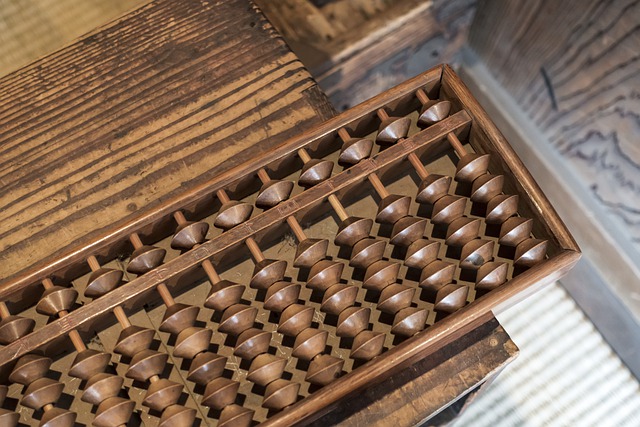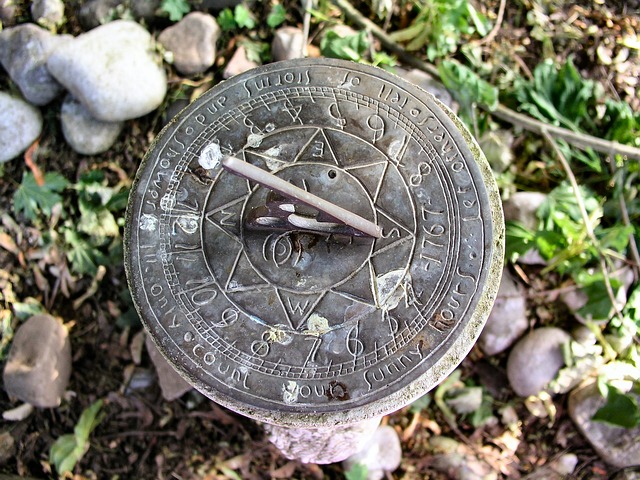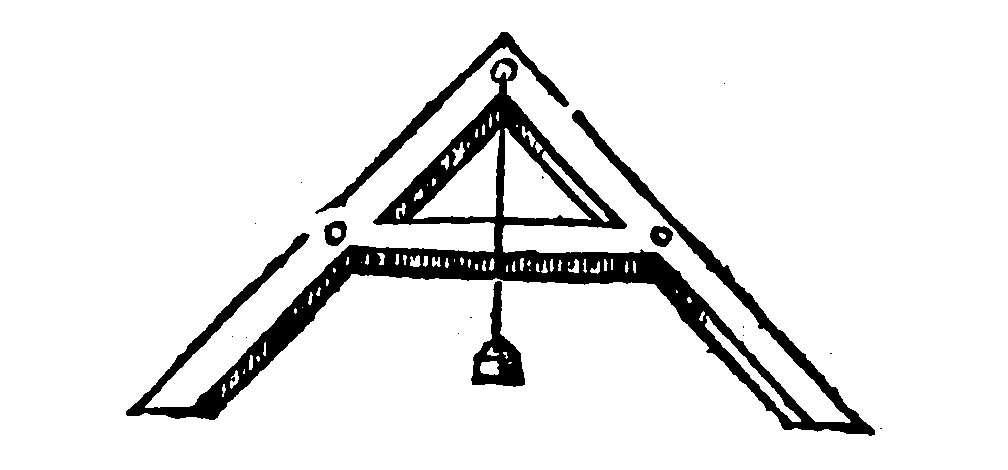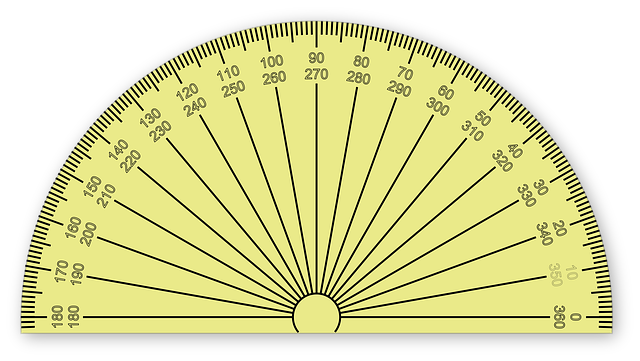Technological advancement has in a way made our brain lazier. Back in the day, people had to calculate and solve mathematical operations using stones, their fingers, or drawing on the sand. Some mathematical schools still keep the tradition and hold programs that enable children to “think” math.
Egyptians and Greeks are the best examples of historical mathematicians that have created great mind schools, but what other interesting ancient math is out there? Would you be able to solve some of the ancient math problems?
Tools Of Ancient Mathematics
The Abacus

Around 5,000 years ago, Babylonians thought of a tool that would help them make mental calculations. Thus, they came up with a counting frame, known today as the abacus.
The abacus is considered the first calculator and it was used in ancient times, across the globe, from Mesopotamia, all across India, Rome, and even to Asia. In Japan, for example, there are schools that train children in anzan, a mental mathematical calculus based on soroban (ancient abacus).
Even though Japanese society is highly technologically developed, schools consider that learning and excelling at ancient arithmetics helps children improve critical thinking and mental stamina.
Throughout the years, the abacus was tuned to a colorful and more esthetical manual calculator but it kept its importance. Now it is spread worldwide as a basic tool for kindergarten or first graders to learn how to add or subtract numbers, even multiply or divide.
If you don’t have your own abacus, you can learn how to use one online and get ready to solve these online abacus exercises for practice.
Another way to practice numeral recognition is to play Sudoku, another ancient game that enables critical thinking and trains the logical mind.
Sundials
The first clock was created by ancient Egyptians and Babylonians who observed the movement of celestial bodies (Sun and Moon) and discovered that they can measure hours accordingly. Given the fact that they lived in a desert climate where daytime varied little each year so the day was split into 10 equal hours and 4 additional hours that were divided into hours of sunrise and hours of sunset.
The sundials are the smaller versions of the obelisks which Egyptians built in order to please the gods.
Later on, Anaximander of Miletus, philosopher and physicist introduce the sundials in modern Greece. He founded a school of mathematics that used sundials in order to calculate the time.
Sundials were later on imported into Rome and entire Europe.

A-Frame
In order to make sure that the pyramids were built at the same level as the ground, the Egyptians came up with a simple A-frame usually made of wood with a string hanging down from the center of the “A”.
Then, they would place a weight at the end of the string which would drag the string in one or another direction if the A-frame wasn’t placed on a perfectly flat surface. Now, we use in construction a level instrument that is like a ruler filled with liquid which has to form a bubble in the center of the liquid if the surface is flat.


Protractor

The first protractor is said to be used in ancient Egypt by an architect who guided the construction of the pharaohs’ tombs around 1400 BCE.
The protractor was a full circle resting on a flat bar, and when the bar was placed on a surface, it would signal a plumb line through the angular markings on the circle in order to indicate the measurements of the formed angle.
It was used widely throughout history as a handy tool for measuring angles. At the beginning of the 19th century, Joseph Huddart started to use it for naval navigation.
The history of ancient mathematics is a diverse and interesting field. Just by using their imagination and logical thinking, the first mathematicians managed to create amazing architecture that we can still visit today.
Instruments made of wood or stone helped them navigate mathematic challenges and it makes one wonder if they didn’t actually perform more complicated mathematical operations than us.
At Online Math Center...
…we encourage children to develop critical thinking and trust their mental capacity. We provide online math lessons to middle school students who need additional support, either individually or in groups.
Also, our math tutors offer math competition training to those eager mathletes.
Reach out to us in order to discuss a math learning plan suited to your child’s needs.